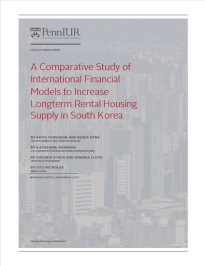Key Message
The findings highlight the strengths of the German Pfandbriefe model in providing stable, long-term financing for rental housing while reducing public debt burdens. The research indicates that while South Korea has begun to use covered bonds, their application has been primarily for homeownership rather than rental housing. Adopting a similar model for rental housing in South Korea could enhance housing affordability and supply. However, significant adjustments in regulatory and market practices would be required to align with the German model, considering the differences in housing market dynamics and policy frameworks between the two countries. Further research and policy development are necessary to address the differences between the two housing markets and ensure effective implementation.


